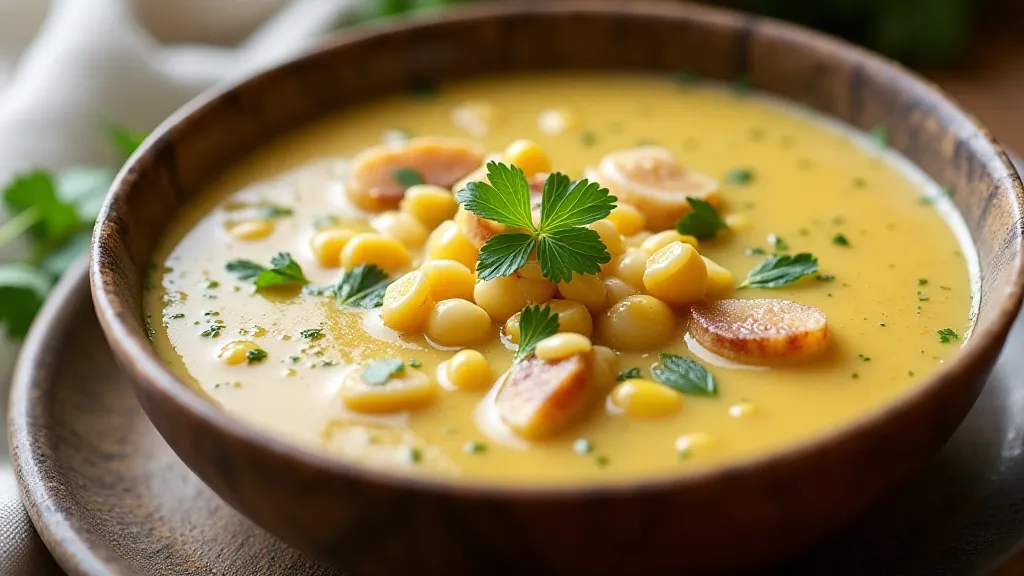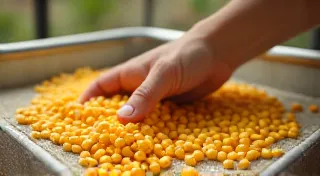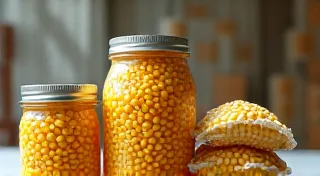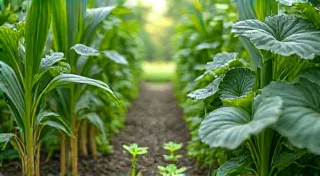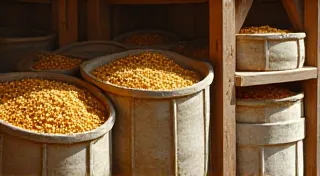Corn Storage: Keeping Your Harvest Fresh
You've nurtured your heirloom corn plants all season, and now you're reaping a bountiful harvest! But enjoying that sweet corn doesn't end with the first bite. Proper storage is key to preserving the flavor and texture of your homegrown heirloom corn throughout the colder months. This guide will cover several tried-and-true methods for corn storage, from freezing and canning to drying.
Understanding Heirloom Corn & Storage Challenges
Heirloom corn varieties, with their unique flavors and characteristics, can present slightly different storage considerations compared to modern hybrids. Their kernels might be denser, and their sweetness levels vary. Understanding these nuances will help you choose the best storage method for your specific heirloom corn.
Freezing Corn: A Quick and Easy Option
Freezing is arguably the easiest way to preserve your corn harvest. There are two primary methods: freezing whole kernels and freezing on the cob.
- Freezing Corn Kernels: Blanch the kernels for about 4 minutes to stop enzyme action and preserve color and flavor. Spread the blanched kernels in a single layer on a baking sheet and freeze until solid (this prevents clumping). Then, transfer the frozen kernels to freezer bags or containers.
- Freezing Corn on the Cob: Blanch the entire ears for 7-11 minutes, depending on the ear's thickness. Cool quickly in ice water. Wrap each ear in plastic wrap and then place in freezer bags.
Frozen corn can last for 8-12 months in a properly frozen environment.
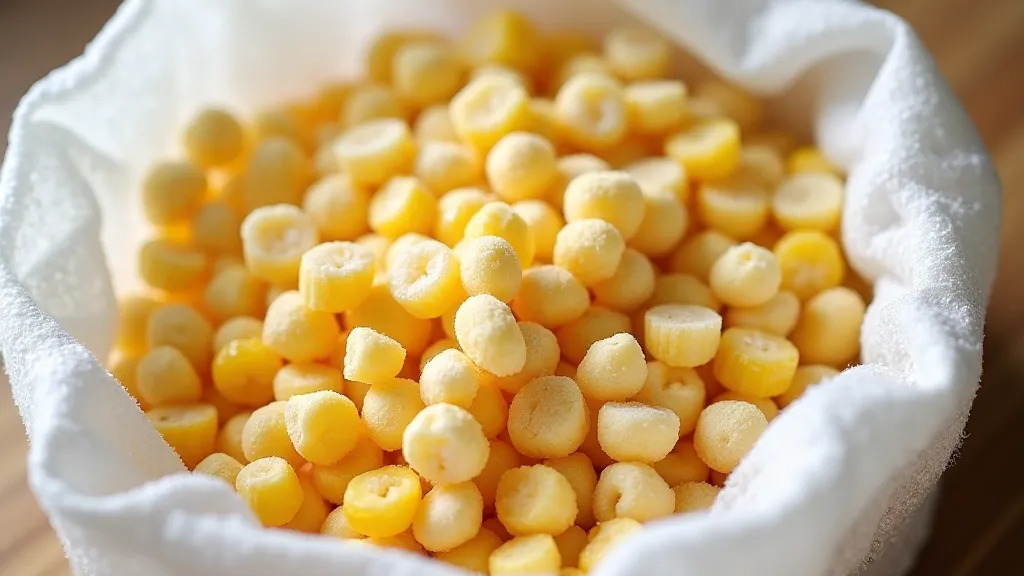
Canning Corn: A Traditional Preservation Technique
Canning requires careful attention to detail to ensure safety and quality. Pressure canning is essential for corn, as boiling water canning won't reach the temperatures needed to eliminate the risk of botulism. Follow a tested and reliable canning recipe meticulously. Proper canning can preserve your corn for a year or more.
- Preparation: Remove kernels from the cobs. Often a bit of creamed corn is added for better texture, but this is optional.
- Processing: Process in a pressure canner for the recommended time based on your altitude.
Important: Always consult a trusted resource like the National Center for Home Food Preservation for detailed canning instructions and safety guidelines.
Drying Corn: An Ancient Method for Long-Term Storage
Drying corn is an excellent option for long-term storage, particularly suitable for cornmeal or hominy production. This method removes moisture, preventing spoilage.
- Preparation: Kernels must be cleaned and dried before the drying process.
- Drying Techniques: Drying can be achieved using a food dehydrator, oven (on a very low setting), or even by spreading the kernels on screens in a dry, well-ventilated area.
- Storage: Store dried corn in airtight containers in a cool, dark place.
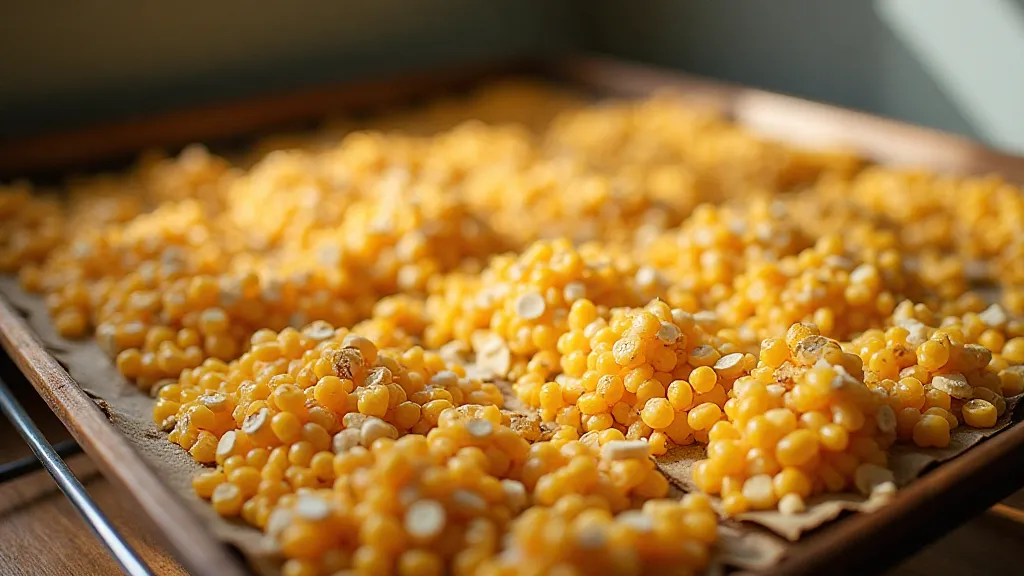
Tips for Success with Any Method
- Harvest at Peak Ripeness: The sweetness and flavor are best when corn is harvested at its peak ripeness.
- Handle with Care: Bruising can lead to spoilage, so handle your corn gently.
- Label and Date: Clearly label and date all your stored corn so you know what you have and when it was preserved.
- Monitor for Spoilage: Regularly check your stored corn for any signs of spoilage, such as unusual odors or discoloration.
Enjoying Your Preserved Harvest
With proper storage, you can savor the delicious flavors of your heirloom corn throughout the year. Whether you’re enjoying sweet corn on the cob, adding frozen kernels to soups and stews, or making fresh cornmeal, your preserved harvest will be a testament to your gardening efforts.
